Live Without Eczema
The Handbook for Adults and Older children
Part 2 - The Treatment Programme
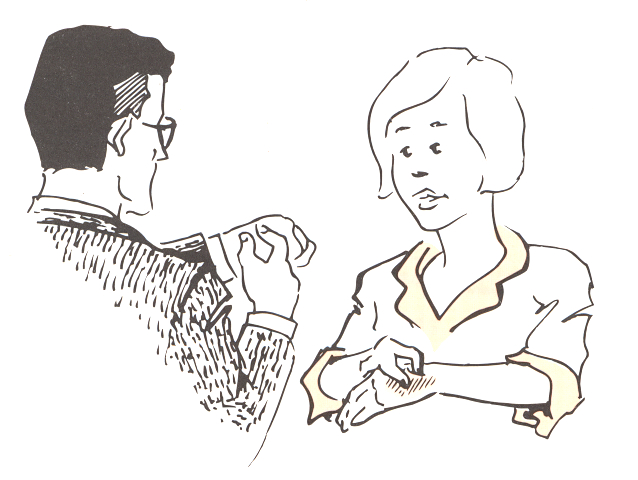
2.1 The three levels of treatment
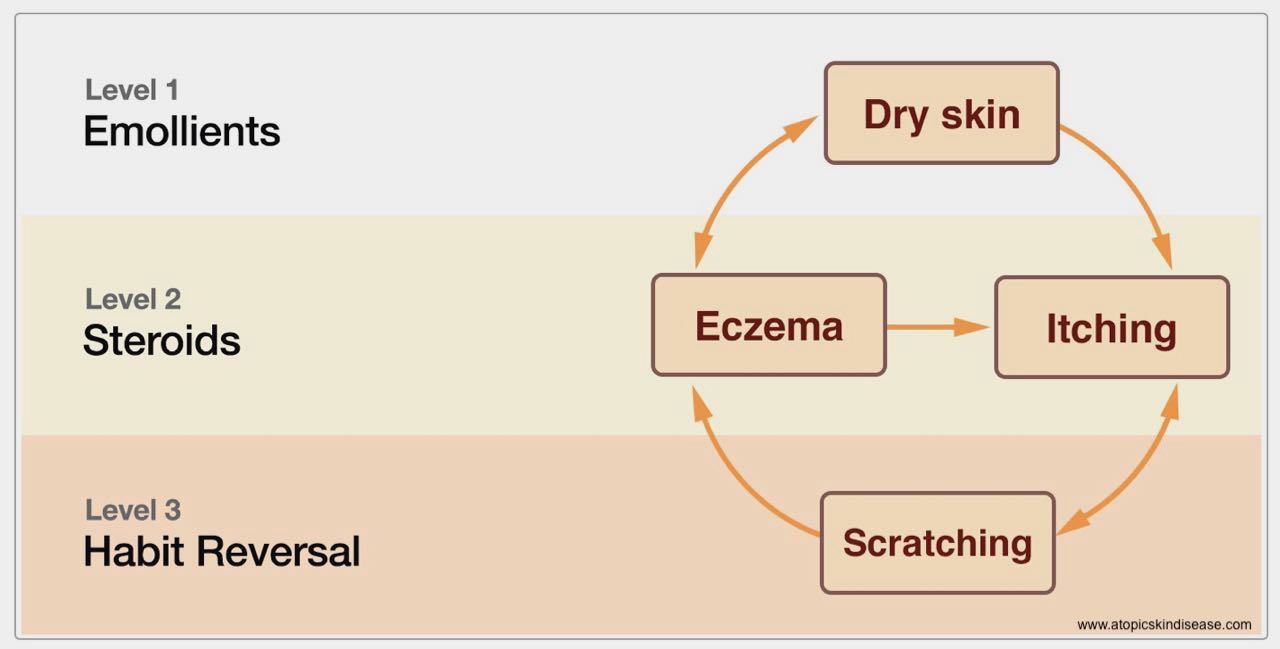
Level 1
The dry skin should be treated consistently, so that it never becomes dry. This is especially important with eczema on the face and neck.
Level 2
Eczema and itch should be treated aggressively with potent steroids.
Level 3
Scratching is treated with discipline.
2.2 Level 1: Emollients
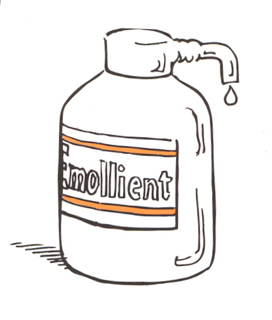
Atopic skin becomes dry because it is abnormally porous. Dry skin must be treated with emollient, which prevents water loss and lubricates the skin. It is especially important to use emollients frequently at the beginning of treatment. The more inflamed, thickened and dry the skin is, the more often an emollient must be used. The more frequently emollient is used early in the programme, the less it will be needed later.
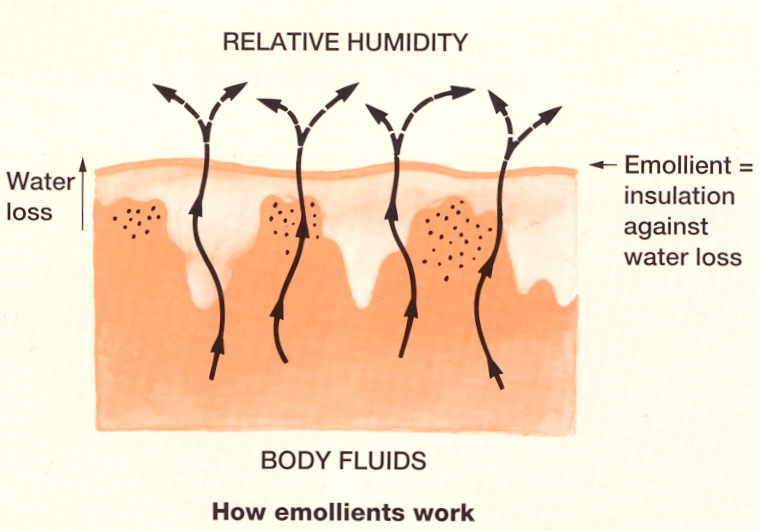
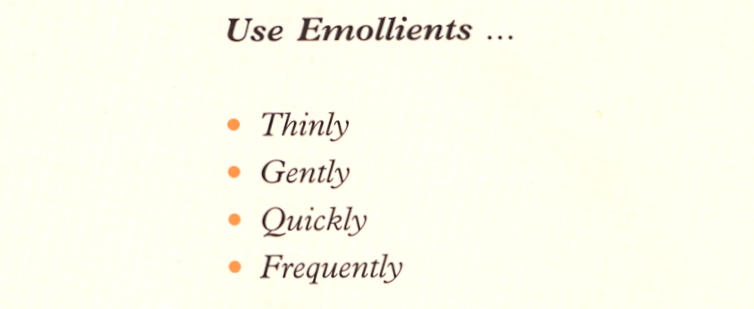
The drying of the skin will be affected by changes in the environment, and bodily function — know when more emollients will be needed!
2.3 Level 2: Steroids
Eczema and itch are effectively treated by steroid creams and ointments. The stronger the steroid the more effective it is. Fear of side-effects often results in inadequate treatment, with frequent and rapid relapses. Side-effects are not seen until after MANY weeks of treatment with strong steroids. There is more risk of developing chronic eczema with weak steroids, or with too short a treatment period, than of developing side effects from strong steroids.
How topical steroids work
The healing with topical steroids is in two stages. When the skin first looks good there is still some hidden healing to accomplish:
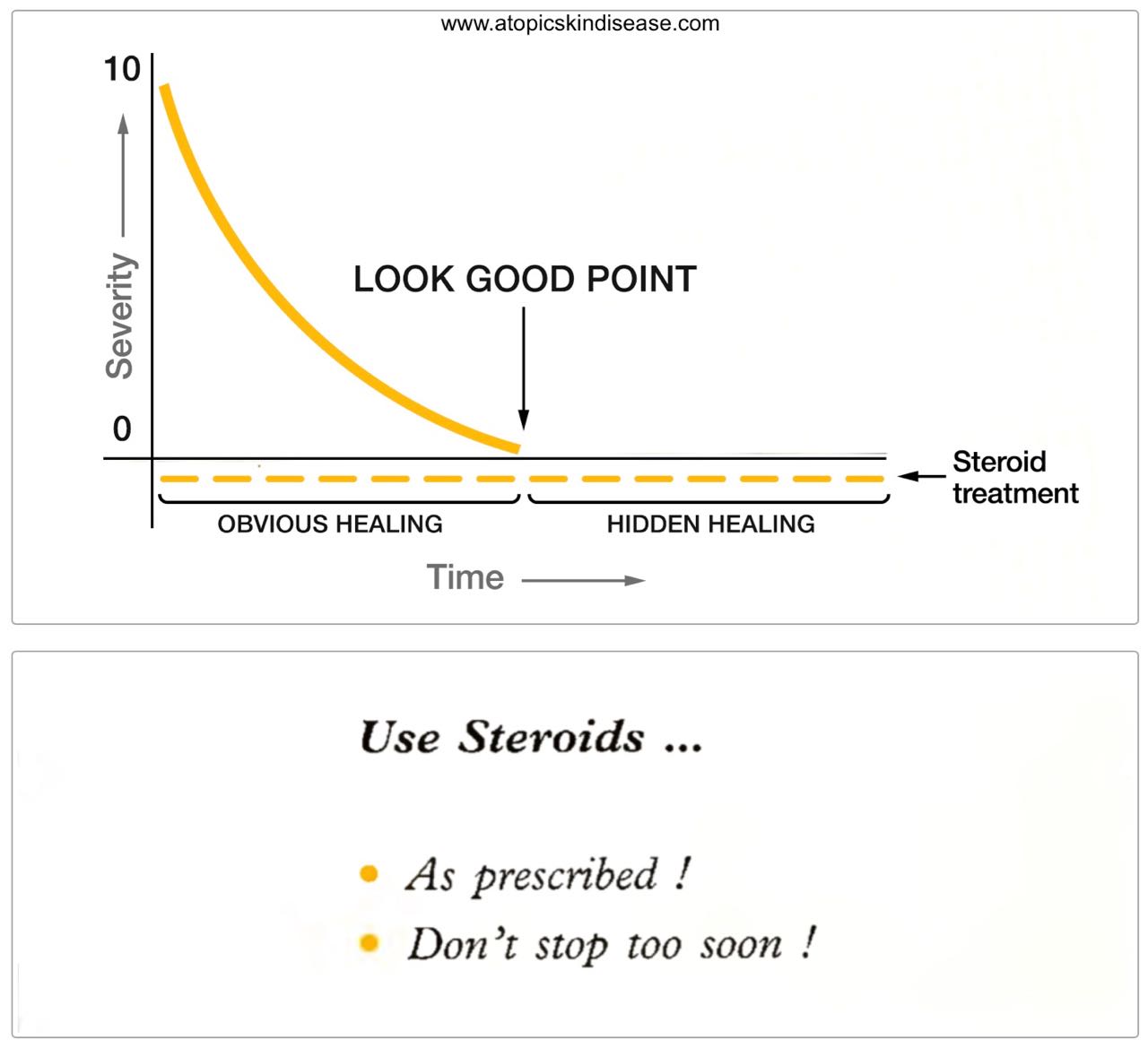
2.4 The use of creams
• All topical treatments must be used consistently — in a planned way. The application must be brisk and without any unnecessary massage. The steroid should be applied morning and/or evening, and the emollients are used as often as is necessary to prevent the skin from drying.
• The amount of cream that is used depends upon the area treated and how dry the skin is. After treatment the skin should not feel sticky... only a shine is required!
• Apply the steroid on all areas affected by eczema.
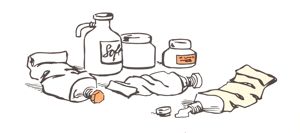
• Then emollient can be put over the whole body, and should be put on again as soon as the skin begins to dry. At the beginning of a treatment this could mean one hour after the steroid has been used — later on only once or twice a day.
• Emollients are thus used on areas treated and not treated with steroids. No steroid without emollients, but emollient can be used without steroid.
2.5 Level 3: Habit reversal
How do we change behaviour?
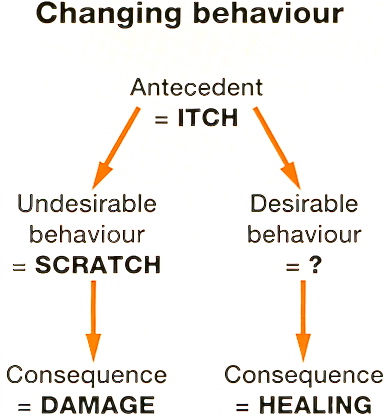
If the antecedent of an undesirable behaviour is followed instead by a new behaviour that is incompatible with the old behaviour, the undesirable consequences of the old behaviour will be avoided. The new and desirable consequences then reinforce and establish the new behaviour.
Habit reversal is the name given to the technique that we will use to change your behaviour …
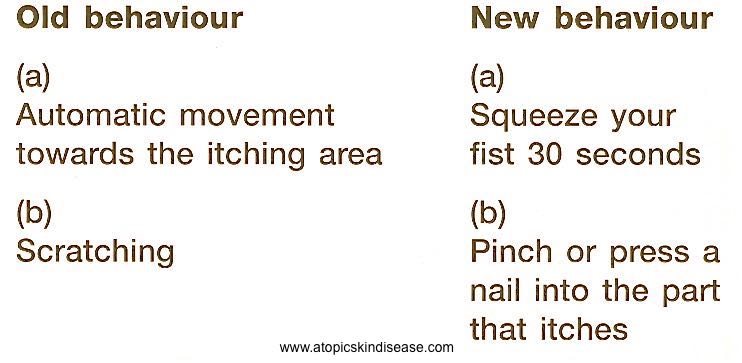
To begin with, practise the following several times daily:
1. Squeeze your fists moderately hard for 30 seconds, while thinking hard about any pleasing activity or event.
2. Relax a couple of seconds.
3. Choose a place which often itches.
4. Pinch or press a nail into the chosen spot for about 30 seconds.
From now on replace all scratching behaviour with your new habit.
If there is no itch after fist-clenching there is no need to pinch.
2.6 Planning ahead for situations which provoke scratching
List these situations in your treatment schedule - see below.
Consider if any are dispensable for the next four weeks. If some can be dispensed with, scratching frequency will immediately decrease.
For situations which are indispensable, or when the habit reversal technique is difficult to use, introduce damage limitation tactics.
If you have difficulties in remembering not to scratch, put up a sign e.g. on the bathroom door, on the TV, or by the phone.
Here are some examples of such situations, and what to do...
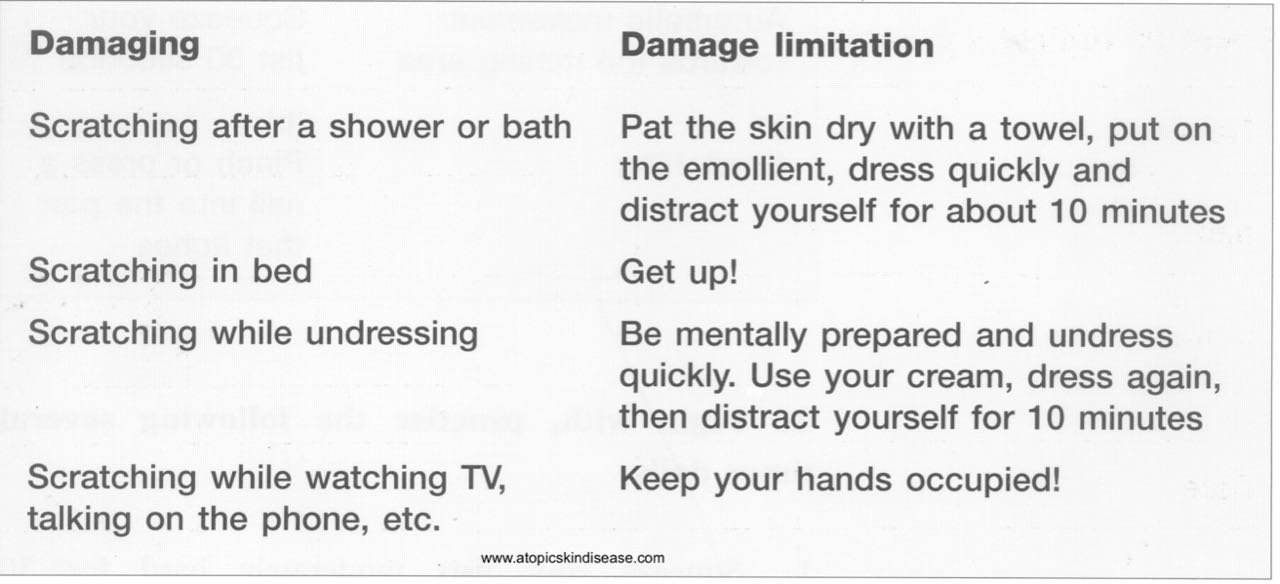
Prepare yourself for difficult situations...
Anticipate and plan your own strategies!
Click here for your Treatment Schedule: complete this with your practitioner. The first chart is for Levels 1 and 2.
The second chart is for you to use. You continue to use your counter to count scratching episodes, as before - do not count making fists and skin pinching!
There is a form to continue to record your daily scratching totals, and below that, space for your plan for difficult situations.
Decide in advance what needs to be done, and write it down.
Please Note: The 4 weeks of homework described above need now to be completed before starting Part 3.
It can be useful after 2 weeks of Part 2 to have a review of progress.
There is no extra handbook for this, but...
Click here for some Extra Tips for that review
💡Bookmark to your home screen💡
![]()
